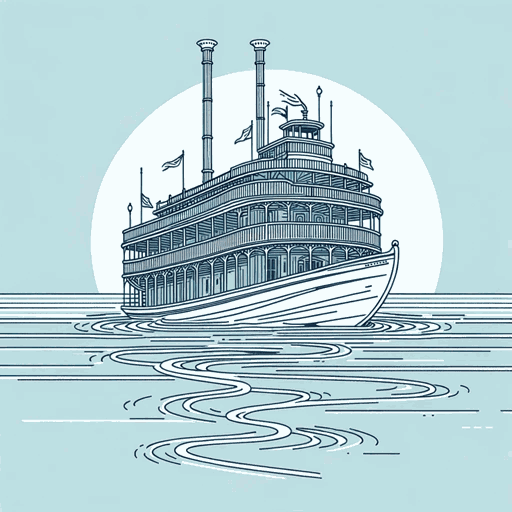39 pages • 1 hour read
John BarthLost in the Funhouse
Fiction | Novel | Adult | Published in 1968A modern alternative to SparkNotes and CliffsNotes, SuperSummary offers high-quality Study Guides with detailed chapter summaries and analysis of major themes, characters, and more.
“Title”-“Life-Story”Chapter Summaries & Analyses
Story Summary: “Title”
“Title” calls attention to the artifice of story and explores the narrator’s dissatisfaction with life’s monotony, that “everything leads to nothing” (102), and the human need to fill our time here, as though it’s a blank, with dramas and character-types that have become exhausted. It lives in ambiguity, lamenting and celebrating the artifice of language. The narrator laments that our stories are essentially the same, rooted in a he-finds-her or he-waits-for-her heroic quest. “Title” picks up where “Lost In The Funhouse” left off with the narrator replacing dramatic exposition—and here, character—with explanations of writing techniques. As “Title” progresses, the narrator states he needs to get on with it: it’s getting boring, but he’s got to keep telling the story. Barth contrasts the fact “the world might end before this sentence” (105)”, with humanity’s undying need to tell stories.
Instead of story, the narrator says, “Perhaps adjective period Whether in a people, an art, a love affair, on a fourth term […] In the name of suffering humanity cease this harangue. It’s over. Is there a plot here? What’s all this leading up to? No climax. There’s the story. Finished. Not quite. Story of our lives” (106).
Despite the exhausted nature of our human drama, “Title” contends the show must go on.


